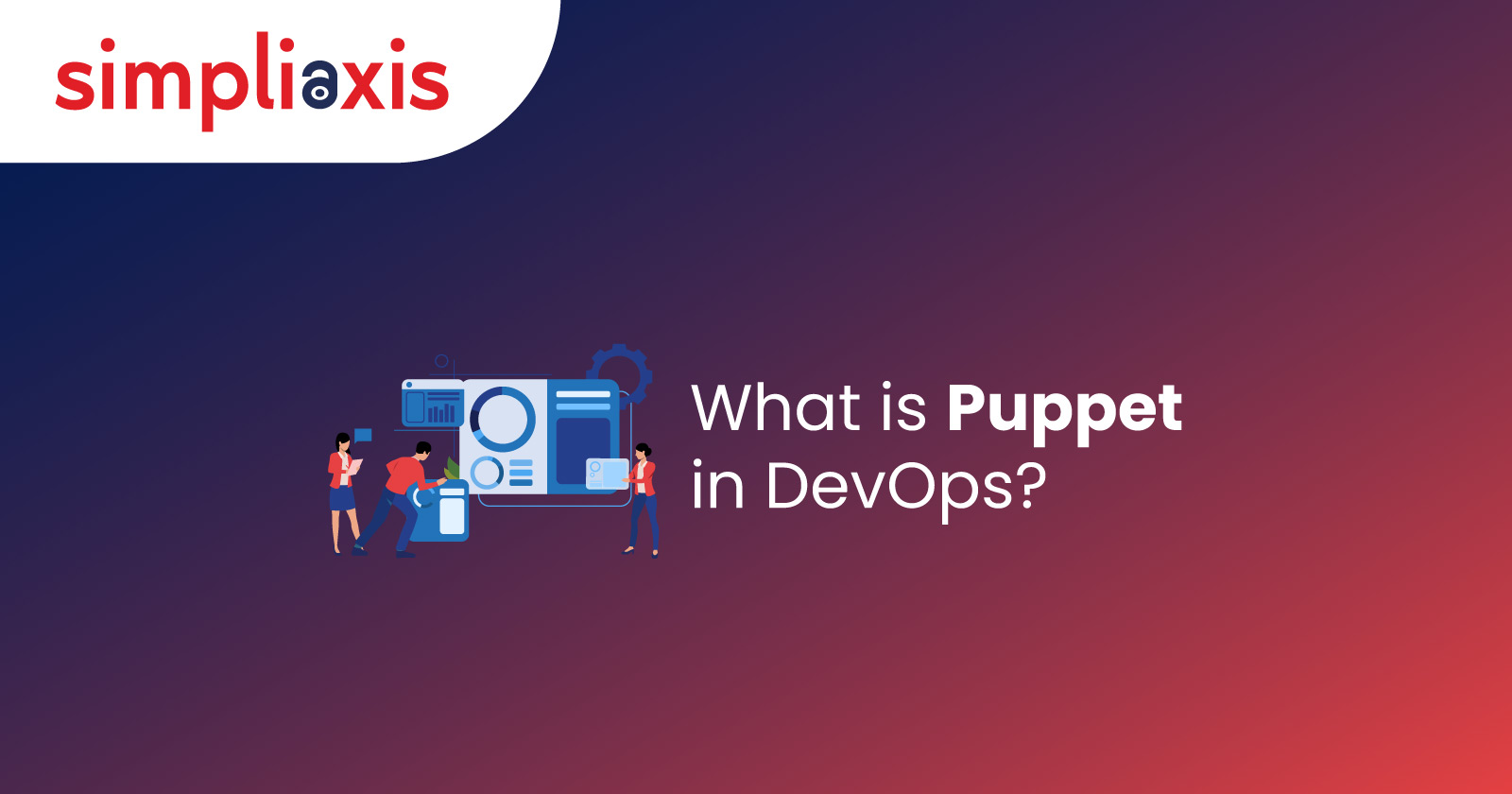The role of Puppet in DevOps technology comes under the category of Configuration Management. There are few tools available in the market to achieve the process of Configuration Management and one of them is Puppet. Prior to Puppet, let’s understand the definition of Configuration Management.
Configuration Management:
Configuration Management is the process of maintaining software and computer systems (for example servers, storage, networks) in a known, desired, and consistent state. It also allows access to an exact pre-existing record of system state for project management activities and audits. Administrators mainly carry out tasks that are monotonous and mundane like server installation and system configuration. These tasks can be automated by System administrators using PowerShell scripts. This might be a tough task when there is a large system infrastructure involved in any project. Puppet which comes under the tools for Configuration Management was introduced to fix the above business concerns caused. Usage of Puppet saves time and increases precision. In this process of Configuration Management, the infrastructure elements or any service components which are to be managed to ensure continuous delivery of Business services are referred to as Configuration Items.
With the usage of Configuration Management, the following issues can be resolved
To find the components or clients which needs to be modified when the requirements change
Involving for the reimplementation of the whole component if the requirements change from the previous implementation
If a previously implemented component is replaced with a new version but if it’s defective, then it needs to be rollbacked to the previous version
Replacing the whole component which is wrongly implemented since the Admin is not able to find that specific component
Introduction to Puppet:
Puppet is open-source software written in Ruby which is a type of cross-platform and it is behind the automation process of configuration management of infrastructure which may be of different servers present in the enterprise. It can also be used for deploying the upgraded software versions after a new stable release. Puppet is specifically designed for configuration management of Windows and Linux systems. It has its own Domain Specific Language (DSL) to give information about system configuration. This can be used both in Windows and Linux operating systems.
Puppet is also available in the Commercial or Enterprise version. Enterprise version provides a few added features such as providing access control categorized on role delegation, report generation based on system productivity and infrastructure metrics.
How Puppet Works:
Puppet uses master-slave or client-server architecture. Puppet Master and Puppet Agent play an important role in the working of Puppet. Puppet agent is a background process referred to as Daemon in the computing environment. This can be installed and executed on the client servers. These client servers may require configuration and which are to be governed by the Puppet. Client servers that have Puppet agents installed in them are referred to as nodes in Puppet. Puppet Master contains information about the configuration of hosts present in the environment. Even this acts as a background process on this master server. Puppet master addresses the configuration management issues keeping Puppet codes in function. This master software is installed in a Linux based environment.
The communication between Master and Agent is made via HTTPS after proper client authorization. The Puppet master provides an HTTPS UI, showing various restful endpoints. When the Puppet agent requests a response or submits data to the master, it makes a request following HTTPS protocol to one of those endpoints. Data communication happens between master or agent if they have a proper identifiable SSL certificate. This certificate has information about data authorization on what should be transferred across the network.
The Daemon which is running in the Puppet agent will fetch the configuration data from the Puppet master at each time interval of 1800 seconds. If there is no change in configuration data cumulatively from the master then there is no action from the agent.
Puppet can also work with multiple platforms using Facter. This tool has to be installed in Puppet Agent and this stores the data of the environment variable in some buckets and these are referred as Facts. These store the data in the form of key-value pairs which contain the data about master and agent machines. It gives information about the client machine’s internal characteristics such as Operating System, IP address, Virtual state of the client machine.
Why Puppet is Used:
Puppet has extensive support for Cloud and DevOps ecosystems and it is highly used in automation. Additionally, it provides techniques for Configuration Management in accordance with Cloud and Data centers
It sticks to the continuous delivery model for the production release cycle by automating deployment process, configuration process and managing many application/enterprise servers
System idle time caused due to system configuration can be avoided or at least minimized
Puppet enhances enterprise requirements by taking care of infrastructure. This allows getting rid of more time taking and complex manual configuration of the infrastructure
Removes complex tasks that are vulnerable to errors during automation of infrastructure deployment and solves a few issues referring to network latency
Since Puppet follows model-driven architecture, it becomes easier for sharing configuration properties across the systems present in the network. Enterprises can set all machine properties using Puppet and it can retrieve infrastructure properties to control Servers explicitly.
Puppet allows a flexible approach to harmonize the correct configuration to the correct system because the property of each infrastructure component is different from others, it will be difficult for the team in fixing the right configuration to each and every individual system in a rapid manner
Puppet usually handles the Network Security, SSL certificates related authentication, and authorization tasks. Still, when trying to connect to a system, if the admin wants to apply the RESTful API layer exterior to the component cluster, then the admin has to manage the certificate on its own terms
Simpliaxis is one of the leading professional certification training providers in the world offering multiple courses related to DevOps. We offer numerous DevOps related courses such as DevOps Foundation® Certification Training, Docker and Kubernetes Certification Training, Continuous Testing Foundation (CTF)SM Course Description, Continuous Delivery Ecosystem Foundation (CDEF)SM Course Description, DevSecOps Foundation DSOF℠ Course Description and much more. Simpliaxis delivers training to both individuals and corporate groups through instructor-led classroom and online virtual sessions.
Conclusion:
From the above-detailed information, it can be concluded that Puppet is a great tool to deliver and operate your software without contemplating the server/cloud where it is deployed. Users can achieve consistency through the entire infrastructure and it can also be secured. Various components present at the infrastructure level can be updated at specific intervals and they will still be in accordance with recently drawn updates. Using their own programming language developers can create their enterprise applications, associated infrastructure, and the same specified changes can be seen across one’s data center and cloud platforms.
















